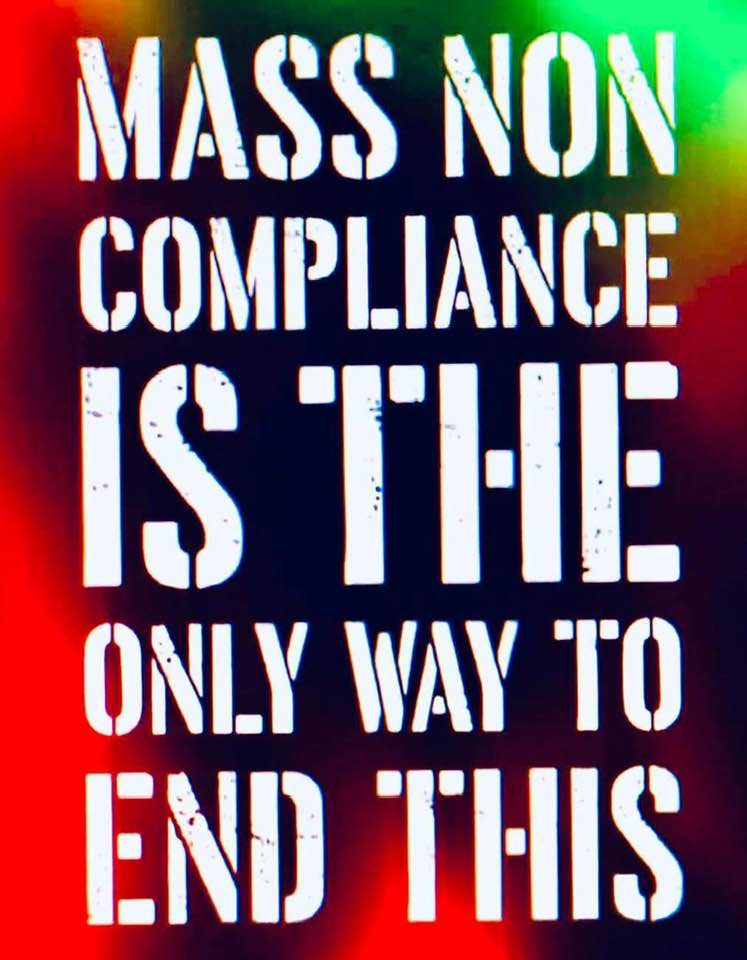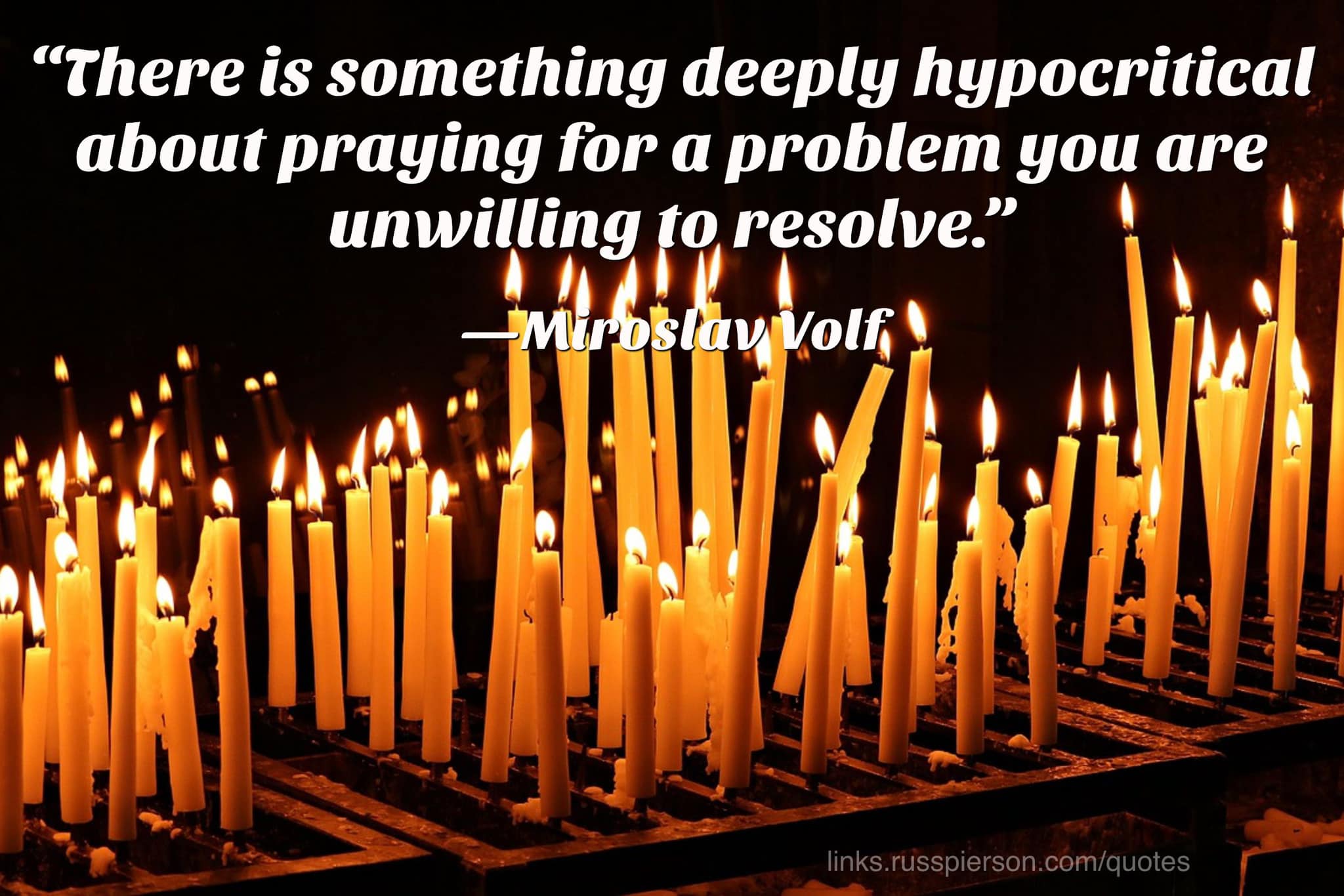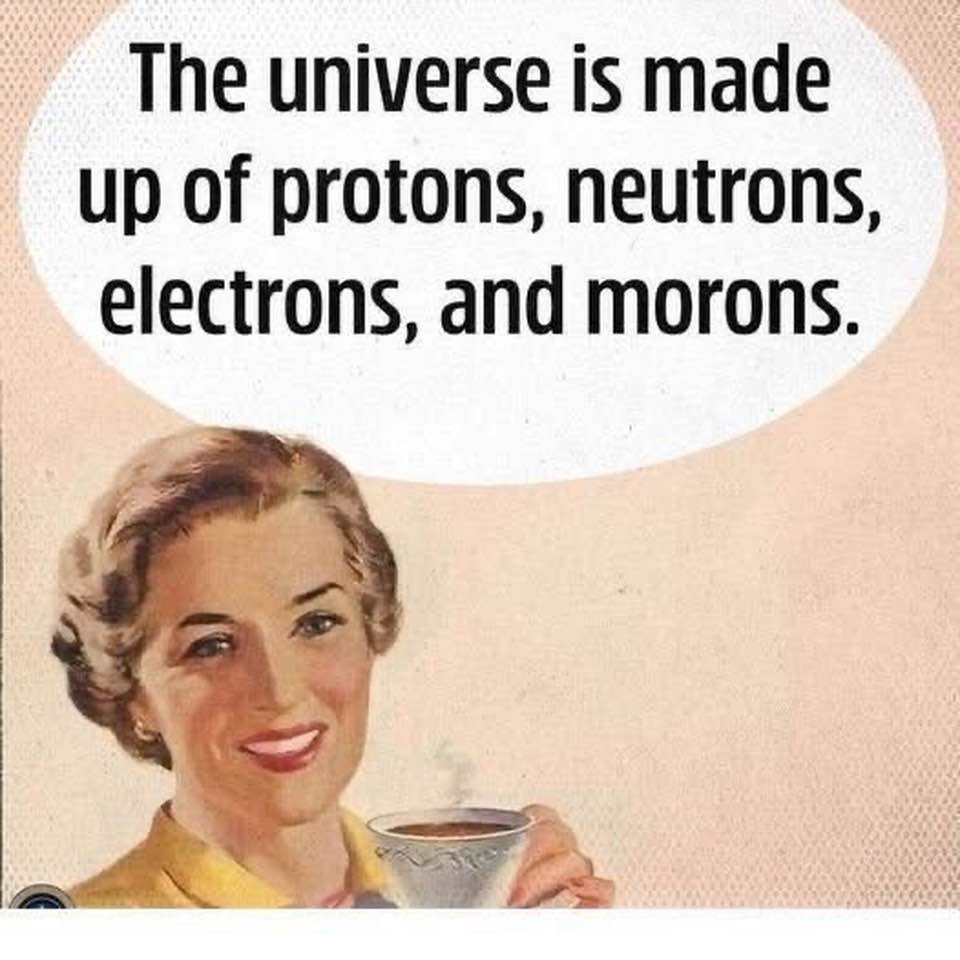Blog
NASA’s robotic Juno mission orbiting Jupiter took data in 2018 that was used to construct this stunning view of the curious cyclones at Jupiter’s north pole. Measuring the thermal emission from Jovian cloud tops, the infrared observations are not restricted to the hemisphere illuminated by sunlight. They reveal eight cyclonic features that surround a cyclone about 4,000 kilometers in diameter, just offset from the giant planet’s geographic north pole. Similar data show a cyclone at the Jovian south pole with five circumpolar cyclones. The south pole cyclones are slightly larger than their northern cousins. Oddly, data from the once Saturn-orbiting Cassini mission has shown that Saturn’s north and south poles each have only a single cyclonic storm system.
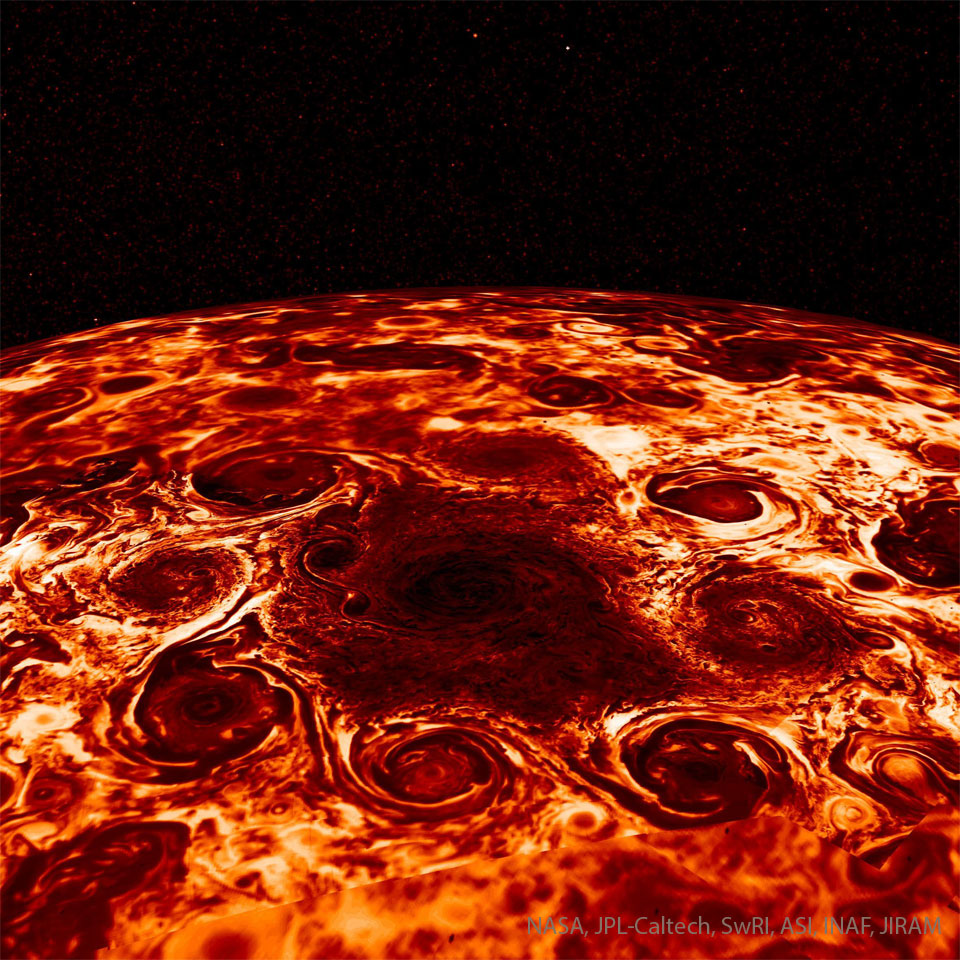
more...
Michael Leonard Brecker (March 29, 1949 – January 13, 2007) was an American jazzsaxophonist and composer. He was awarded 15 Grammy Awards as a performer and composer, received an honorary doctorate from Berklee College of Music in 2004, and was inducted into the DownBeat Jazz Hall of Fame in 2007. Brecker was in great demand as a soloist, sideman and session musician. He performed with bands whose styles ranged from mainstream jazz to mainstream rock. Altogether, he appeared on nearly 900 albums, either as a band member or a guest soloist. He put his stamp on numerous pop and rock recordings as a soloist, including notable work with James Taylor and Paul Simon. Other sessions included albums with Steely Dan, Lou Reed, Donald Fagen, Dire Straits, Joni Mitchell, Eric Clapton, Mark Knopfler, Billy Joel, John Lennon, Aerosmith, Dan Fogelberg, Kenny Loggins, Frank Sinatra, Frank Zappa, Bruce Springsteen, Roger Daltrey, Parliament-Funkadelic, Cameo, Yoko Ono, Todd Rundgren, Chaka Khan, Orleans, Blue Öyster Cult, The Manhattan Transfer, Average White Band, Players Association, Everything but the Girl, Patti Austin, Art Garfunkel, Carly Simon, The Brothers Johnson, Karen Carpenter, and T-Square. Brecker died from complications of leukemia in a Manhattan hospital. His funeral was held on January 15, 2007, in Hastings-on-Hudson, New York.
more...Evangelos Odysseas Papathanassiou (29 March 1943 – 17 May 2022), known professionally as Vangelis, was a Greek musician, composer, and producer of electronic, progressive, ambient, and classical orchestral music. He composed the Academy Award-winning score to Chariots of Fire (1981), as well as for the films Blade Runner (1982), Missing (1982), Antarctica (1983), The Bounty (1984), 1492: Conquest of Paradise (1992), and Alexander (2004), and the 1980 PBS documentary series Cosmos: A Personal Voyage by Carl Sagan.
Born in Agria and raised in Athens, Vangelis began his career in the 1960s as a member of the rock bands the Forminx and Aphrodite’s Child; the latter’s album 666(1972) is recognised as a progressive–psychedelic rock classic. Vangelis settled in Paris, and gained initial recognition for his scores to the Frédéric Rossif animal documentaries L’Apocalypse des Animaux, La Fête sauvage, and Opéra sauvage. He released his first solo albums during this time, and performed as a solo artist. In 1975, Vangelis relocated to London where he built his home recording facility named Nemo Studios and released a series of successful and influential albums for RCA Records, including Heaven and Hell (1975), Albedo 0.39 (1976), Spiral (1977), and China (1979). From 1979 to 1986, Vangelis performed in a duo with Yes vocalist Jon Anderson, releasing several albums as Jon and Vangelis. He collaborated with Irene Papas on two albums of Greek traditional and religious songs.
Vangelis reached his commercial peak in the 1980s and 1990s. His score for Chariots of Fire (1981) won him an Academy Award for Best Original Score and the film’s main theme, “Chariots of Fire – Titles” went to number one on the U.S. Billboard Hot 100chart, while his score for 1492: Conquest of Paradise (1992) was nominated for a Golden Globe Award for Best Original Score and the film’s soundtrack and main themetopped the European charts selling millions of copies. His compilation albums Themes(1989), Portraits (So Long Ago, So Clear) (1996), and studio album Voices (1995) sold well. Vangelis composed the official anthem of the 2002 FIFA World Cup held in Korea and Japan. In his last twenty years, Vangelis collaborated with NASA and ESA on music projects Mythodea (1993), Rosetta (2016), and Juno to Jupiter (2021), his 23rd and final studio album.
Having had a career in music spanning over 50 years and having composed and performed more than 50 albums, Vangelis is one of the most important figures in the history of electronic music, and modern film music. He used many electronic instruments in a fashion of a “one-man quasi-classical orchestra” composing and performing on the first take.
more...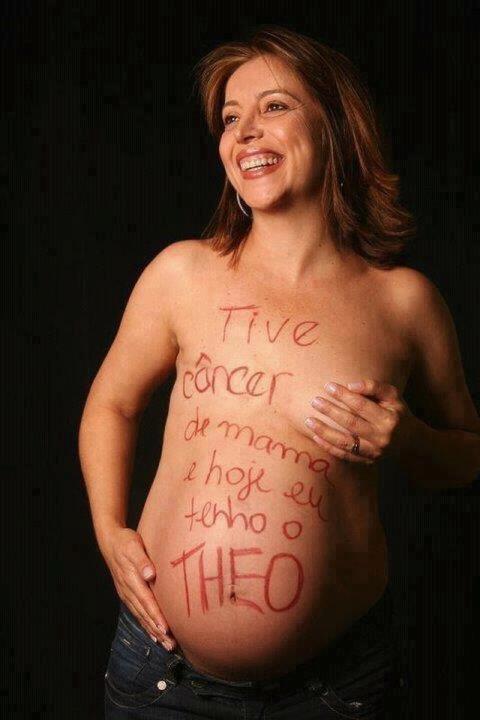
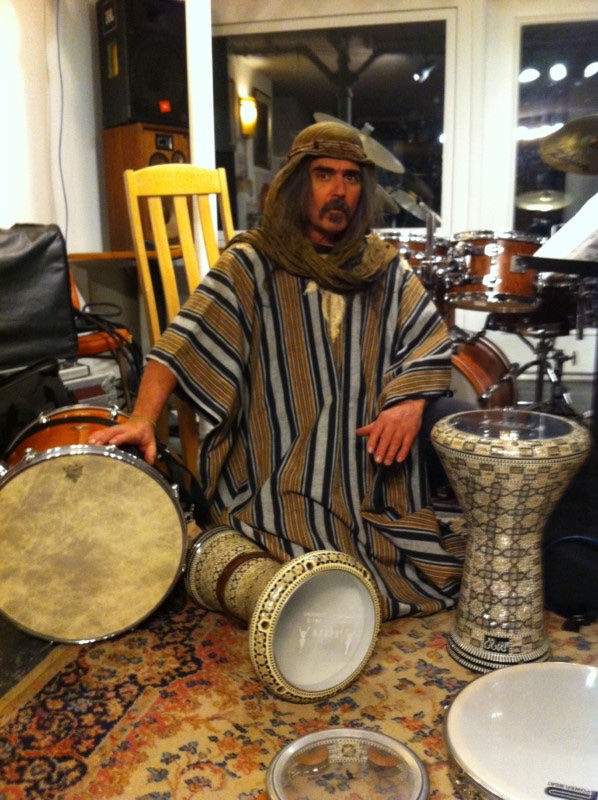
Donald Ray Brown (born March 28, 1954) is an American jazz pianist and producer.
Brown was born in Hernando, Mississippi and raised in Memphis, Tennessee, where he learned to play trumpet and drums in his youth. From 1972 to 1975, he was a student at Memphis State University, by which time he had made piano his primary instrument. He was with Art Blakey‘s Jazz Messengers from 1981 to 1982, then took teaching positions at Berklee College of Music from 1983 to 1985 and the University of Tennessee from 1988. Brown has recorded for Evidence, Muse, and Sunnyside.
more...
Erev Shabbat service at Temple Israel Friday March 28th 2025 6pm. Music with Inbal Sharett-Singer, Jayson Rodovsky, Jeff Bailey, Pete Whitman and mick laBriola.
more...NGC 2244 (also known as Caldwell 50 or the Satellite Cluster) is an open cluster in the Rosette Nebula, which is located in the constellation Monoceros. This cluster has several O-type stars, super hot stars that generate large amounts of radiation and stellar wind.
The age of this cluster has been estimated to be less than 5 million years. The brightest star in the direction of the cluster is 12 Monocerotis, a foreground K-class giant. The two brightest members of the cluster are HD 46223 of spectral class O4V, 400,000 times brighter than the Sun, and approximately 50 times more massive, and HD 46150, whose spectral type is O5V, has a luminosity 450,000 time larger than that of our star, and is up to 60 times more massive, but it may actually be a double star. These stars do not seem to pulsate, which is in agreement with stellar modeling of stars with similar global parameters. 5,200ly.
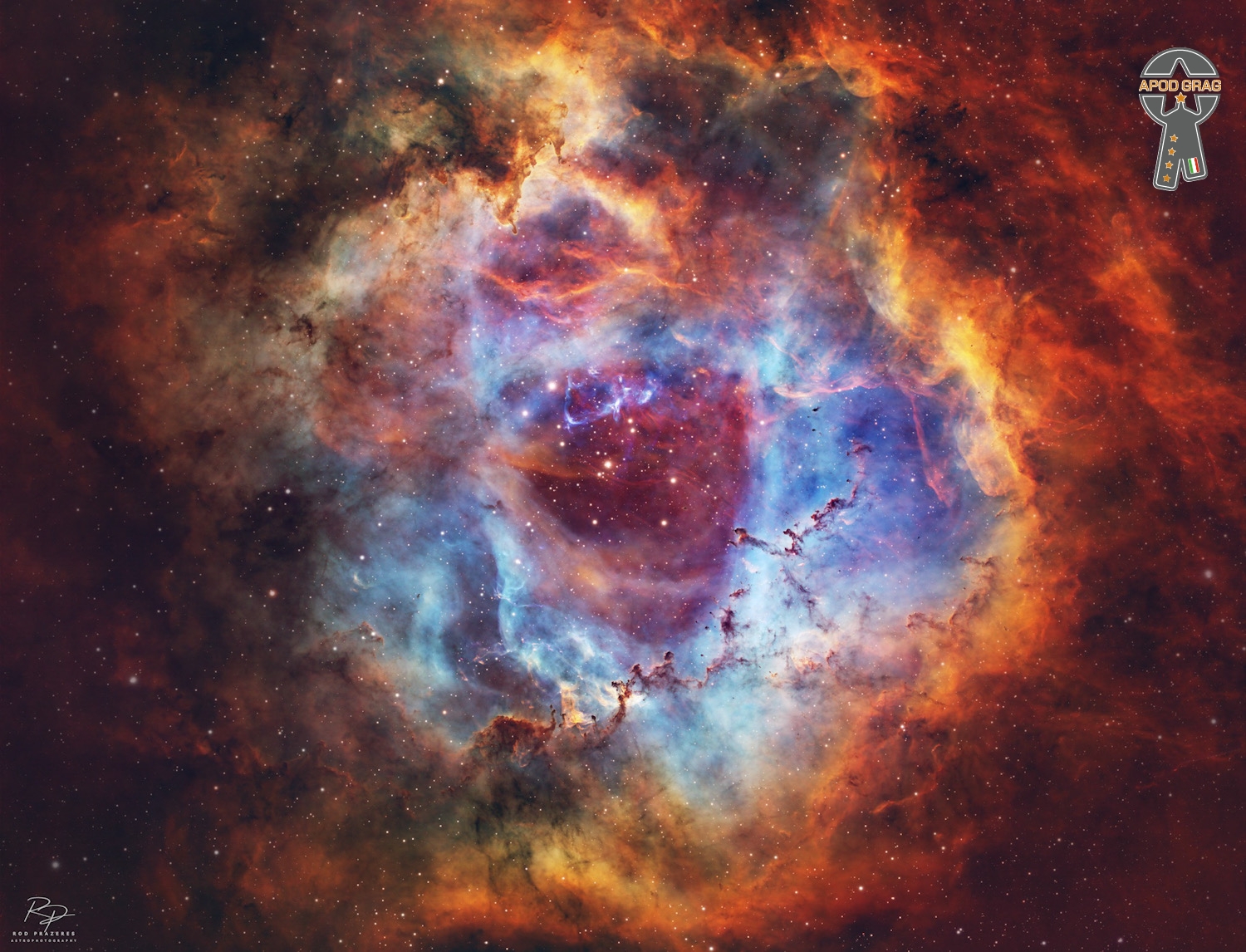
more...
Vicenç Montoliu i Massana, better known as
Tete Montoliu (28 March 1933 – 24 August 1997) was a Spanish jazz pianist from Catalonia, Spain. Born blind, he learnt braille music at age seven. His styles varied from hard bop, through Afro-Cuban, world fusion, to post bop. He recorded with Lionel Hampton in 1956 and played with saxophonist Roland Kirk in 1963. He also worked with leading American jazz musicians who toured in, or relocated to Europe including Kenny Dorham, Dexter Gordon, Ben Webster, Lucky Thompson, and Anthony Braxton. Tete Montoliu recorded two albums in the US, and recorded for Enja, SteepleChase Records, and Soul Note in Europe.
more...Thaddeus Joseph Jones (March 28, 1923 – August 20, 1986 Pontiac, MI) was an American jazztrumpeter, composer and bandleader who has been called “one of the all-time greatest jazz trumpet soloists”. Jones left the Basie Orchestra in 1963 to become a freelance arranger and musician in New York City. In 1965, he and drummer Mel Lewis formed the Thad Jones/Mel Lewis Orchestra. The group started with informal late-night jam sessions among New York City’s top studio musicians. They began performing at the Village Vanguard in February 1966, to wide acclaim, and continued with Jones in the lead for 12 years. They won a 1978 Grammy Award for their album Live in Munich.
more...More Posts
- Daily Roots with Bunny Wailer
- Kobe Fest 2021
- The Cosmos with the Fire Rainbow
- Tomoko Omura
- Van Morrison
- Paul Winter
- Herman Riley
- World Music with Azi Schwartz
- Daily Roots with Toots and the Maytals
- The Cosmos with HH 111
- R Crumb
- Kenny Dorham
- Willie Bryant
- World Music Memorial for Lee Scratch Perry
- Daily Roots with Bob Marley
- The Cosmos with NGC 253
- Michael Jackson
- Bennie Maupin
- Dinah Washington
- Charlie Parker
